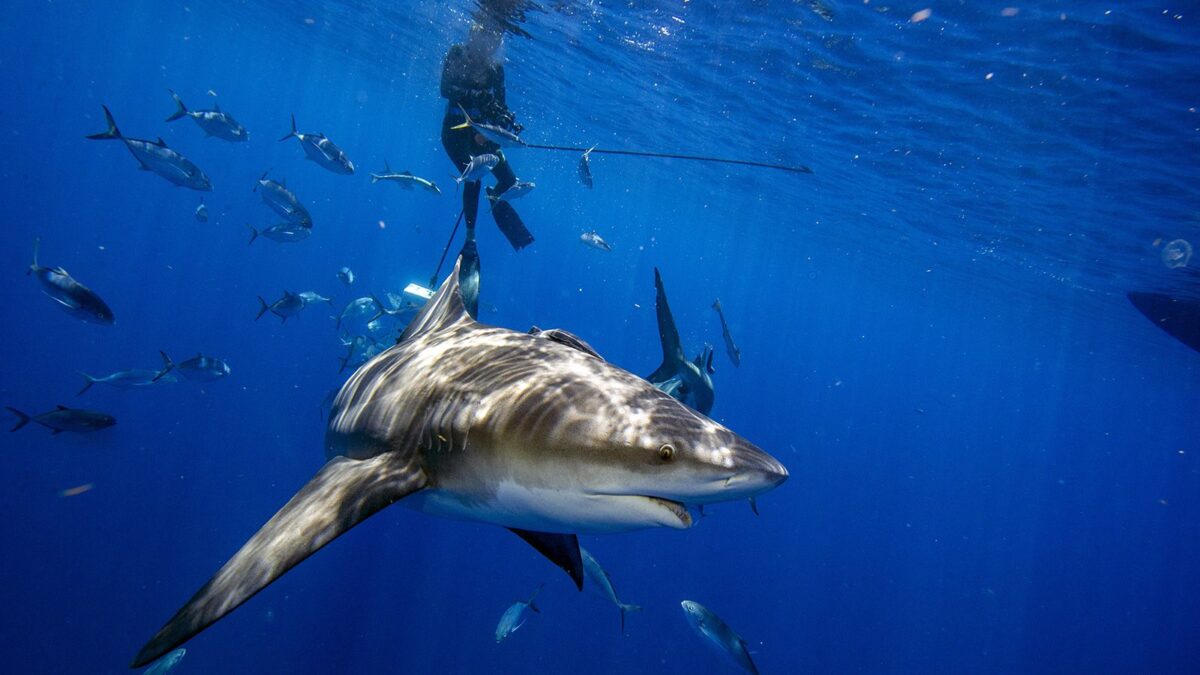The exciting and terrifying encounter a person may have in the sea is coming across a shark. The concept alone might create anxiety, particularly for open-water swimmers or snorkelers although these kinds of meetings are uncommon. Being ready both physically and psychologically may make a big difference not just in your capacity to react coolly but also in lowering the hazards connected with such circumstances. Effectively addressing this task depends on your knowledge of shark behavior, bodily preparation, and mental equipment.
Know Myths and Behavior of Sharks
Media exaggerations and stories help to drive many of our anxieties about sharks. Knowing how sharks utilize their senses especially their sensitivity to vibrations and contrast in the water will help you to know what might attract them.
Understanding that splashing, unpredictable motions, or flashy items could pique interest helps you steer clear of undesirable habits. Swimming with sharks Hawaii knowledge replaces fear to help you avoid panic and improve your chances of conducting an interaction sensibly.
Prepare Your Body for Quiet and Under Control Movement
In a high-stress event, being physically fit and learning regulated breathing will help you remain calm and save energy. Important are flexibility, great swimming ability, and cardiovascular endurance.
Many times, panic results in splashing, which might unwittingly draw attention. Regular swimming drills, breath-hold exercises, and water treading may help you to develop confidence in your physical ability, therefore supporting a more grounded reaction.
Get Mentally Ready by Exposure and Visualization
Techniques for visualizing calm reactions in the context of a shark sighting that is, mental rehearsal can help your brain manage stress more precisely. Step-wise facing your anxiety helps you to develop resilience and lessens your chance of panic.
Mental preparation also includes realizing that being calm is your greatest protection because the ocean is wild surroundings. You are less prone to freeze or react incorrectly the more psychologically ready you are.
Correct Safety Measures and Equipment
Following safety procedures and having the correct equipment can help to drastically lower your danger during a shark encounter. Use clothes like wetsuits that complement the hues of the water to stay under the radar. Sharks are less likely to approach many people, hence if you’re diving or snorkeling always go with a friend and remain in groups.
Look about you; avoid places with fishing activity or muddy water where sharks are more frequent. Having a shark deterrent tool, like an electronic repellant, offers even another level of security and comfort of mind.
Know How You Should Respond in an Actual Contact
Understanding how to react can help to avoid escalation when you encounter a shark personally. Be as cool as you can; fast movement might indicate anxiety or prey-like behavior. Keep eye contact and gently back away without turning your back that the shark is circling. Use whatever thing you have like a camera or snorkel to establish distance if a shark gets too close.
In the rare event of a confrontational encounter, target sensitive regions such as the nose, eyes, or gills. Remember, the aim is to project confidence rather than menace; hence, show your presence without aggravating the animal.
Swimming with sharks Hawaii is about arming oneself with the skills, information, and perspective to manage an erratic natural event, not about feeding anxiety. With the correct technique, you may transform what might appear to be a horrible experience into one of amazement, awareness, and great appreciation of the natural world.
Related posts
Categories
Recent Posts
Advertisement


